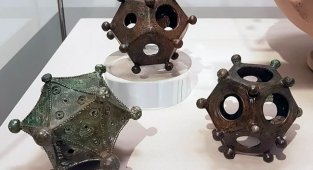14 inventions of the ancient Romans that we still use today (15 photos)
The Roman Empire is rightfully credited with the most amazing achievements in engineering, architecture, military affairs, culture and so on. Modern society owes many inventions and technologies to the Romans. Let's find out which Roman inventions we took as the basis for modern developments and actively use to this day. 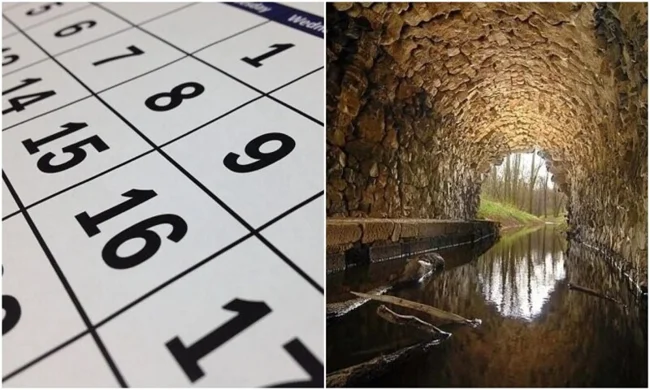
Julian calendar 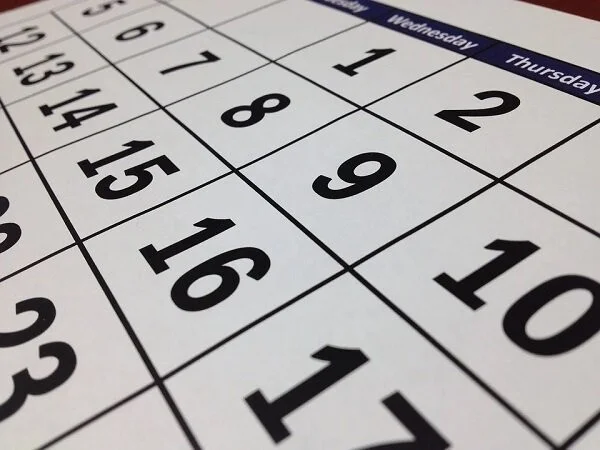
From January 1, 45 BC. e. Julius Caesar introduced a new calendar system consisting of 12 months and a cycle of three years of 365 days. He also moved the start of the year from March to January. This calendar was used until 1582, after which the Gregorian calendar was introduced.
Roman numerals 
Roman numerals appeared during the time of the "ancient Romans", 500 years BC. It is believed that they appeared among the Etruscans, a tribe that lived in the north-west of the Apennine Peninsula. There is a version that they borrowed some of the signs from their distant ancestors, the proto-Celts.
Morning news 
The Romans did not invent newspapers, but they did have a similar one called Acta Diurna. Daily news was written on stone slabs, papyrus and even metal, and then posted in squares and other public places. These were news about the birth of children, incidents or stories related to the city or village.
Sewage systems 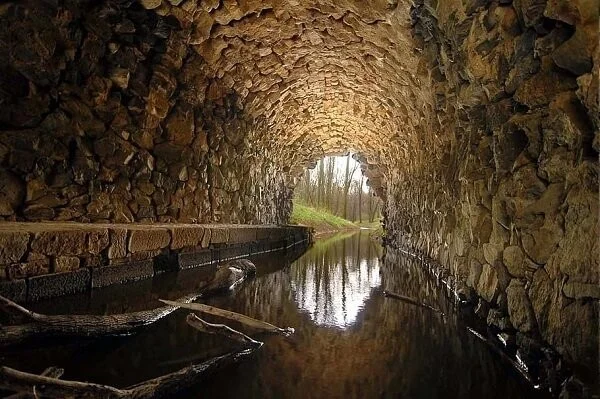
In the past, people did not have cleaning systems and plumbing as we know it in modern times. But the ancient Romans created sewer systems that cleared the streets of human waste using drainage pipes - which, in turn, were regularly flushed. The Romans also had covered drainage systems to help keep everything clean.
Aqueducts 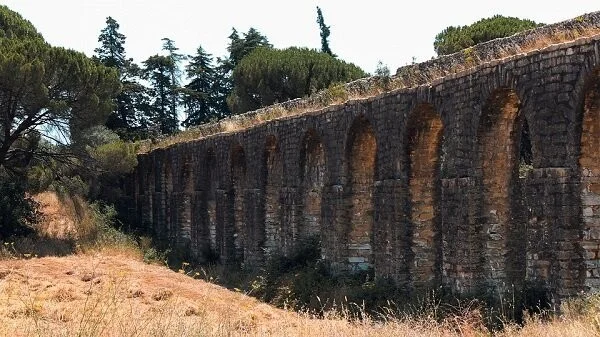
An aqueduct is a water supply system that supplied water to populated areas. Early civilizations used aqueducts to bring fresh water to cities, but the Romans perfected the system. They were able to supply fresh water to public baths, fountains, farms and more. The first aqueduct, Aqua Appia, 16.5 km long, was built by Appius Claudius in 312 BC. The second aqueduct, Anio Vetus, was founded in 272 BC. e. in Rome.
Arches 
The Roman arch was a huge breakthrough in architecture. It was the Romans who became the authors of the ingenious arched design, which was used in the construction of bridges, huge buildings, aqueducts, and other structures. The arch quickly became a fundamental part of Western architecture.
Hypocaustus system 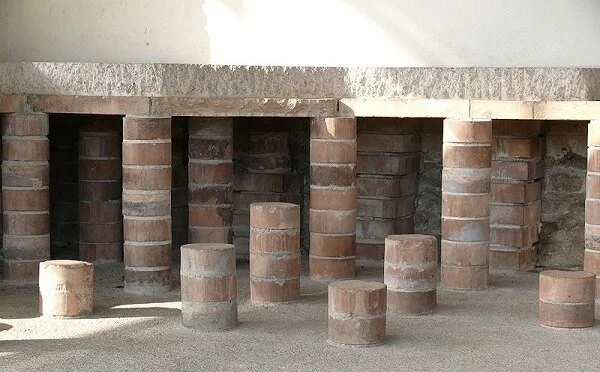
If you have heated floors in your bathroom, know that their similarity was once invented in the Roman Empire. Hypocaust is a heating system where warm air passed through special channels under the floor and in the walls. This was the first artificial heating system for urban buildings using hot gases. But only the Romans used it to heat not only the bathroom, but entire rooms, even with many floors.
Surgical instruments 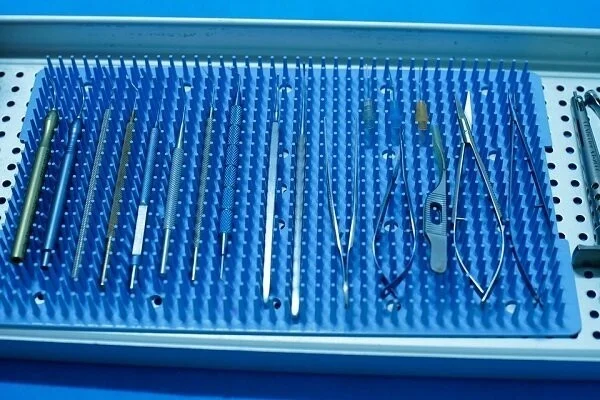
The Romans were among the first to invent surgical instruments. Among the first inventions were scalpels, forceps, syringes, bone saws, and a speculum for female examination. The design of the latter, by the way, did not change significantly until the 19th and 20th centuries.
Concrete 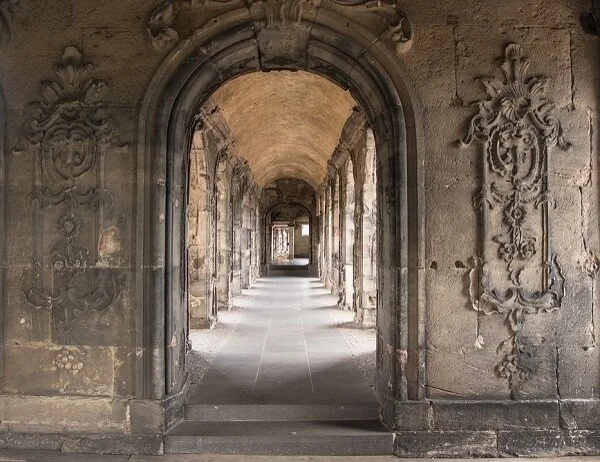
The Romans were the first ancient civilization to use concrete to create entire cities and towns. Almost every ancient Roman building still in existence today was built from a mixture of volcanic ash, lime and sea water. It's amazing they lasted this long.
Roads 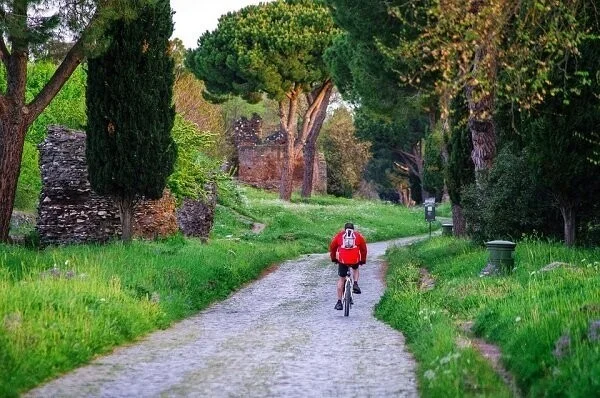
To create roads, the Romans used a mixture of dirt and gravel with bricks made from hardened volcanic lava or granite. Residents of Rome still walk along many of them. These roads were almost perfectly straight and had a slight slope - this was done specifically to avoid the accumulation of rainwater. The ancient Romans built more than 80 thousand kilometers of roads - all of them with various signs and stone signs.
Bound books 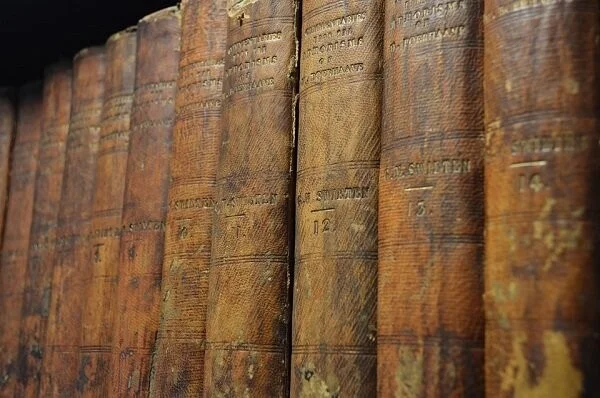
Before Julius Caesar ordered the first bound book, all texts were written on scrolls or stone slabs. Bound books were called "codices", and were bound sheets of papyrus. From the 6th to 7th centuries, the codex became the main form of the book. Thanks to binding, many ancient works have been preserved.
Apartment buildings 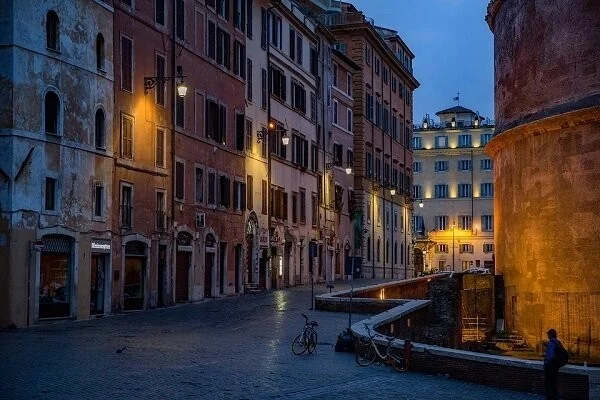
To combat overpopulation, Roman cities were built with insulae - multi-story apartment buildings where mostly poor people rented housing. The highest of them had up to 10 floors - and the higher the housing was, the poorer its inhabitants were. The premises that faced the street on the ground floor were rented out for workshops, retail shops, and baths.
Mail 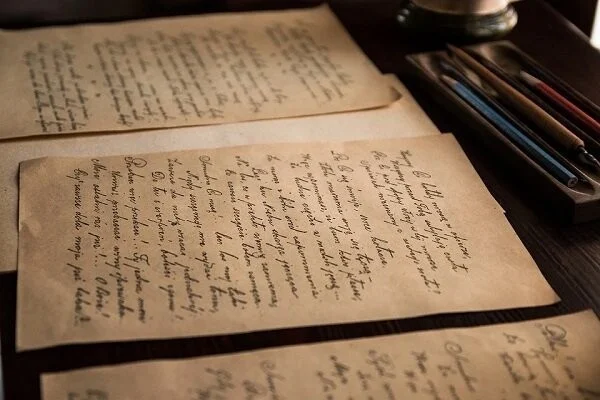
The ancient Roman Emperor Augustus founded the postal system known as the cursus publicus around 20 BC. With its help it was possible to send messages between provinces and cities by horse-drawn carriage. Departures could travel approximately 80 km per day.
Corvus and Harpax 
The Romans had a strong army and fought superbly at sea. They invented the corvus (Boarding Raven) - an assault ladder or bridge that was used for boarding combat, as well as the harpax - a log covered with iron and equipped with rings at both ends - it was thrown by a catapult, after which it hooked the enemy ship. These devices allowed the Romans to quickly move from their boat to an enemy boat in a matter of minutes.


